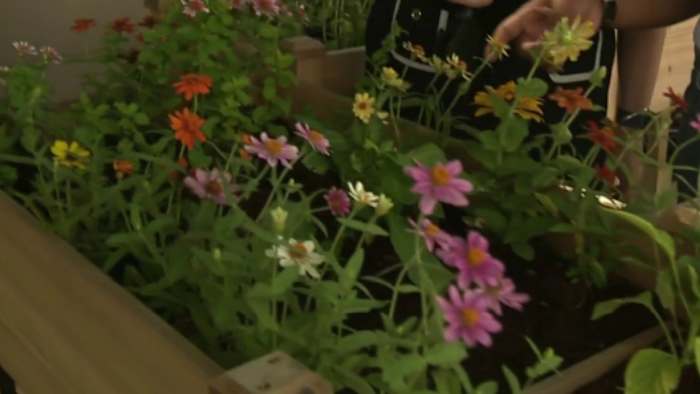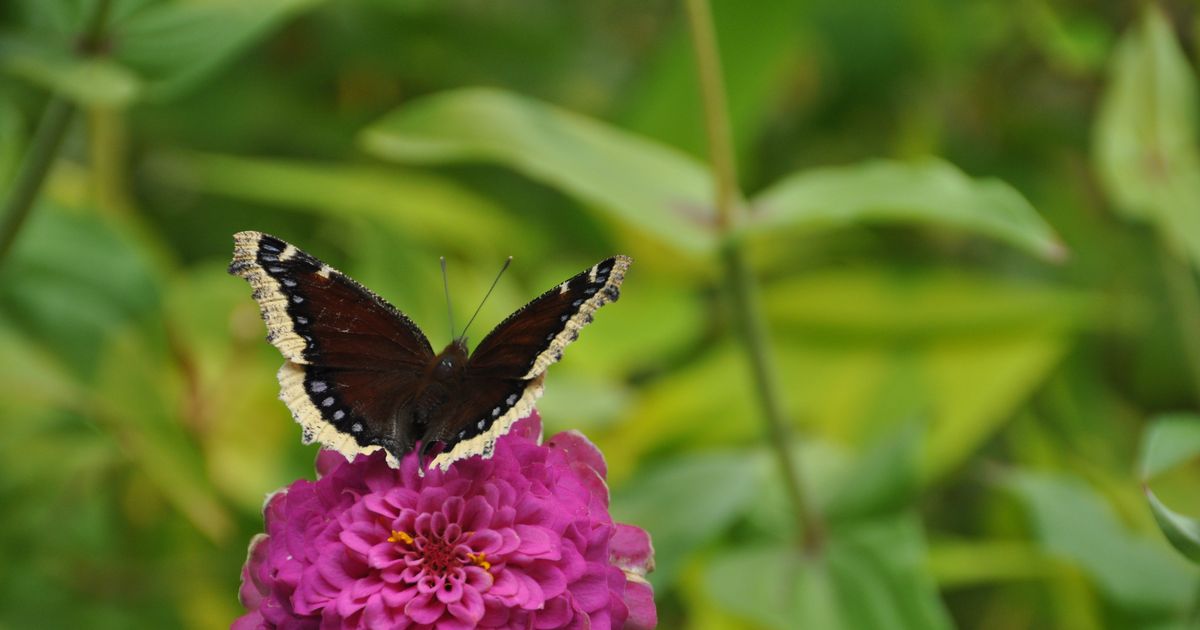IT’S THAT TIME of the year when shadowy corners and spooky forms appear in the gloaming garden — and I’m not talking about ghosts and goblins. The following popular garden plants, many at their wicked best in fall, are toxic. In many cases, toxin levels are low, or the amount of plant material you would have to ingest to present symptoms is wretchedly high. All the same, better safe than sorry. Children, pets and people with compromised health are most vulnerable to toxic effects.
Hydrangeas are immensely popular shrubs for good reason. Just as most plants are fading at the end of the growing season, hydrangea flowers, technically long-lasting bracts, are at their best, maturing to deep blue, purple and a flight of wines. And yet, all parts of the plant contain low levels of cyanide, a deadly poison.
Daffodil blooms welcome spring like a dose of botanical sunshine, although a mildly poisonous botanical sunshine. Concentration of toxins is highest in the bulb (which gardeners should be purchasing and planting just now). Symptoms of toxicity are mild but very unpleasant; some people report headaches if they’re in a room for long with a big bouquet of daffodils.
Hyacinths are another spring blossom with a powerful fragrance that should be planted in autumn. However, the bulbs contain oxalic acid in toxic amounts, which can cause a painful skin irritation. It’s a good idea to wear gloves when planting and even when picking out and handling bulbs at the nursery.
Monkshood (Aconitum) is one of the most poisonous plants in the garden. A hardy perennial, the plant is prized for its tall spires of hooded, some might even say sinister, deep-purple blossoms. Monkshood is also known as wolfsbane, which Harry Potter fans might recognize as a potion brewed to calm werewolves.
Chinese lantern (Physalis alkekengi) is a hardy perennial in the nightshade family with poisonous leaves and unripe fruit. Small, white flowers bloom in summer, but the plant is better known for the showy pumpkin-orange pods that appear in fall. Dried stems of the papery husks are a favorite element in autumn floral designs, but if left standing in the garden over winter, the pods break down to a spiderweblike lace around the ripe red berries.
Yew (Taxus baccata), a long-lived evergreen conifer with inky green foliage studded with bright red berries from late summer into fall, is a popular hedge plant with dense growth. Every part of the tree is poisonous, with the highest level of toxic taxine found in the berries, especially the seeds.
Autumn crocus (Colchicum autumnale) are sometimes referred to as “naked ladies” because the luminous pink, tuliplike blooms appear on short stems in the fall long before the foliage emerges the following spring. Colchicum corms contain colchicine, a powerful alkaloid that’s been used in pharmaceuticals for years. Dosing is best left to professionals.
Safety is serious business out in the garden. But when the weather turns awful and you’re ready to come inside and get cozy with a compelling book, I recommend “Gardening Can Be Murder: How Poisonous Poppies, Sinister Shovels and Grim Gardeners Have Inspired Mystery Writers,” by Marta McDowell (Timber 2023).
McDowell is no stranger to the intersection of story and horticulture; her previous titles explore gardens through the lens of Beatrix Potter, Emily Dickinson and Laura Ingalls Wilder. In her latest book, The New York Times bestselling writer and avid gardener looks at gardens from the darker side of human nature — after all, gardening and obsession have long been willing bedfellows. You’ll meet gardening detectives and find out what happens when sharp tools and toxic potions fall into the wrong hands and which gardens, real or imagined, might prove to be the setting for a perfect crime. From Agatha Christie to Elizabeth George, Louise Penny to Ruth Rendell, Dorothy L. Sayers to Raymond Chandler, the reading list at the back of the book is to die for.









